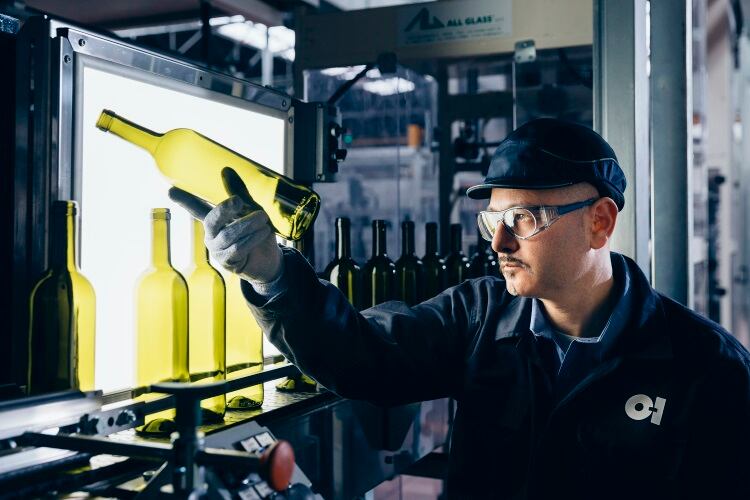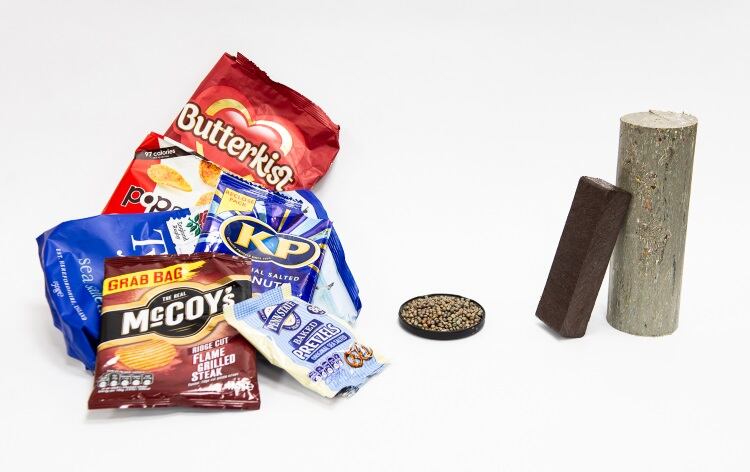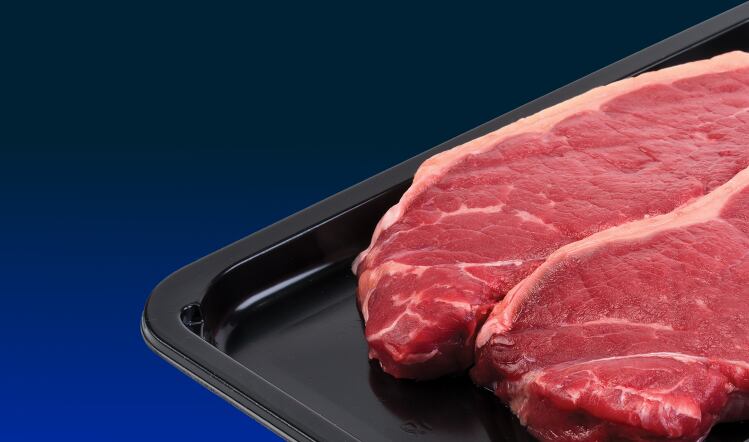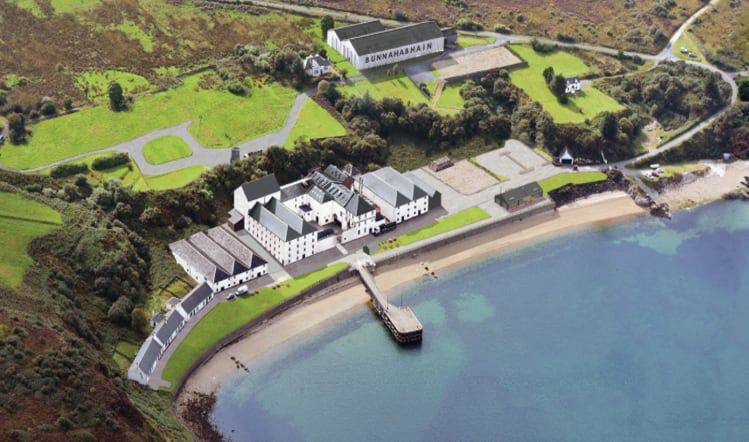Despite the massive decreases in carbon footprint that would result from a shift towards all-electric production and away from gas-fired furnaces, the realities of UK energy pricing meant the industry would, for the foreseeable future, focus on dramatically improving collection and recovery rates for post-consumer recycled (PCR) cullet (waste glass), according to British Glass.
While some European glass manufacturers are marketing their products on the basis of fuel-based carbon footprint reductions – and allowing their customers to do the same with consumers – this is unlikely to be an option in the short term for the UK.
“We would hope that, at some point, the UK starts to invest in renewable electricity,” British Glass technical director Nick Kirk told Food Manufacture. “There would be no carbon associated with that.”
In 2017, the Government’s Helm review examined the UK’s energy costs. Of the countries Lord Helm looked at, the UK was “by far the most expensive” when it came to pricing for commercial electricity, much of it down to taxation and levies, said Kirk.
The industry has met the current target of recycling 67% of glass packaging, but a consultation under the Government’s new Resources & Waste Strategy is due to fix a higher figure. “It wouldn’t be unreasonable to have a target of up to 80% by the mid-2020s, if investment in collection systems supports this,” Kirk said. Some EU member states already claim to have reached a figure of 95%.
“The industry’s Decarbonisation Action Plan to 2050 has focused firstly on increasing recycling. Over time, you could create a situation of only using recycled glass,” Kirk explained.
Widely available green glass can reach PCR levels of up to 90%, he added, with flint and amber glass achieving a more modest 40% in certain applications.




